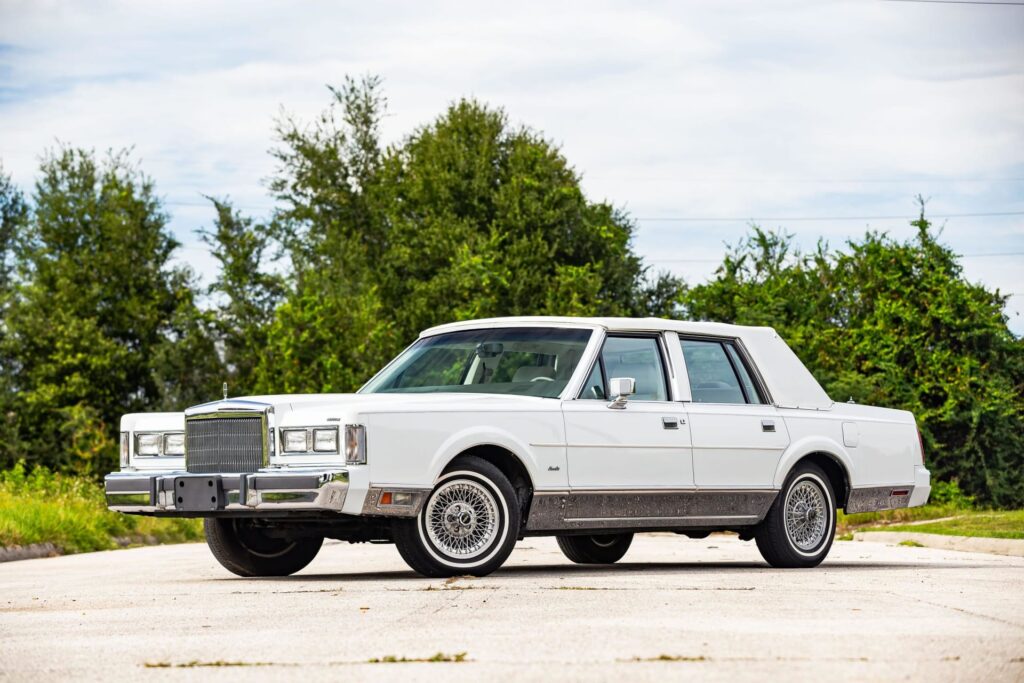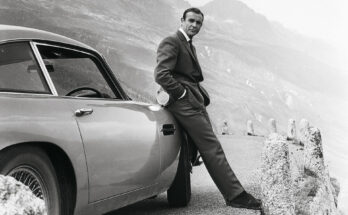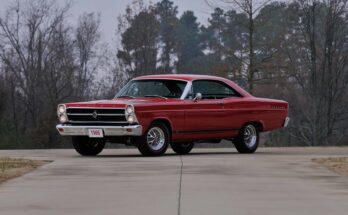The Lincoln Town Car, a cornerstone of American luxury from 1981 to 2011, was built on Ford’s Panther platform, a robust body-on-frame architecture that became the foundation for its enduring popularity. Lincoln’s decision to use this platform was driven by a combination of strategic, economic, and performance considerations, aligning with the brand’s goal to deliver a reliable, comfortable, and distinctly American luxury sedan.

The Context: A Need for American LuxuryIn the late 1970s, Lincoln faced a shifting automotive landscape. The 1973 and 1979 oil crises pushed automakers to prioritize fuel efficiency, while European luxury brands like Mercedes-Benz and BMW were gaining traction with sophisticated, smaller sedans. Meanwhile, Cadillac, Lincoln’s primary rival, was downsizing models like the Fleetwood to meet new fuel economy standards. Lincoln needed a full-size luxury sedan that could compete with Cadillac’s offerings, appeal to traditional American buyers, and maintain profitability. The solution was the Panther platform, which Ford introduced in 1979 for its full-size vehicles, including the Ford LTD Crown Victoria and Mercury Grand Marquis.Lincoln saw an opportunity to adapt this platform for a new flagship sedan, the Town Car, which would carry forward the brand’s legacy of comfort and prestige while leveraging Ford’s economies of scale. The Town Car name, previously a trim level on the Lincoln Continental, was chosen to evoke the elegance of chauffeured “town cars” from the early 20th century, signaling a focus on luxury and rear-seat comfort.
Why the Panther Platform?The Panther platform was a body-on-frame, rear-wheel-drive architecture designed for durability, simplicity, and a smooth ride—qualities that aligned perfectly with Lincoln’s vision for the Town Car. Here are the key reasons Lincoln chose this platform:
- Proven Durability and Reliability:
The Panther platform was engineered for longevity, with a sturdy body-on-frame construction that could withstand heavy use. This made it ideal for the Town Car’s target market, which included livery services, fleet operators, and private buyers seeking a dependable luxury sedan. The platform’s simplicity meant lower maintenance costs, a critical factor for limousine companies and taxi fleets that logged high mileage. Over the years, Panther-based vehicles, including the Town Car, became legendary for their ability to exceed 300,000 miles with proper care. - Smooth Ride Quality:
The Panther platform’s long wheelbase (117.3 inches for the Town Car) and soft suspension tuning delivered the plush, “floating” ride that American luxury buyers expected. Unlike European sedans, which prioritized handling, the Town Car emphasized comfort, making it ideal for long-distance cruising and chauffeured transport. The body-on-frame design also provided superior sound insulation, reducing road noise and enhancing the luxurious cabin experience. - Cost Efficiency and Shared Components:
By using the Panther platform, Lincoln could share components with the Ford LTD Crown Victoria and Mercury Grand Marquis, reducing development and production costs. Shared parts included the 4.6L Modular V8 engine (introduced in 1990), four-speed automatic transmission, and various chassis components. This economies-of-scale approach allowed Lincoln to offer the Town Car at a competitive price while maintaining high profit margins. The platform’s versatility also enabled Lincoln to produce stretched limousine variants and long-wheelbase models like the Town Car L (introduced in 2003) without significant reengineering. - Adaptability for Luxury Features:
The Panther platform provided a spacious foundation for the Town Car’s opulent interior. Its large dimensions (over 215 inches long) allowed for a roomy cabin with ample legroom and a cavernous trunk, appealing to buyers who valued space for passengers and luggage. Lincoln could equip the Town Car with premium features like leather upholstery, power-adjustable seats, digital instrumentation (in the 1980s), and later options like navigation systems, all tailored to compete with Cadillac and European rivals. - Market Positioning and Brand Identity:
The Panther platform enabled Lincoln to differentiate the Town Car from downsized competitors. While Cadillac and European brands embraced front-wheel-drive and unibody designs, Lincoln doubled down on traditional American luxury with rear-wheel drive and a full-size footprint. This resonated with buyers who preferred the classic “big car” experience, including older customers, livery operators, and those seeking a distinctly American alternative to imports.
Evolution and PopularityLaunched in 1981, the Town Car quickly became Lincoln’s best-selling model, thanks to the Panther platform’s strengths. The first generation (1981–1989) established the Town Car as a plush, reliable sedan with a 5.0L Windsor V8 and classic styling, including a prominent grille and vinyl roof. The second generation (1990–1997) modernized the design with aerodynamic lines and the 4.6L Modular V8, boosting power and efficiency. The third generation (1998–2011) refined the formula with updated styling and a long-wheelbase Town Car L, cementing its dominance in the livery market.The Panther platform’s longevity was remarkable. While other automakers moved to unibody platforms, Ford kept the Panther in production until 2011, updating it incrementally to maintain competitiveness. The Town Car’s popularity stemmed from its unmatched ride comfort, spaciousness, and reliability, making it a favorite for limousine conversions, airport shuttles, and private buyers. Its cultural presence was undeniable, appearing in films, TV shows, and music videos as a symbol of luxury and status.


